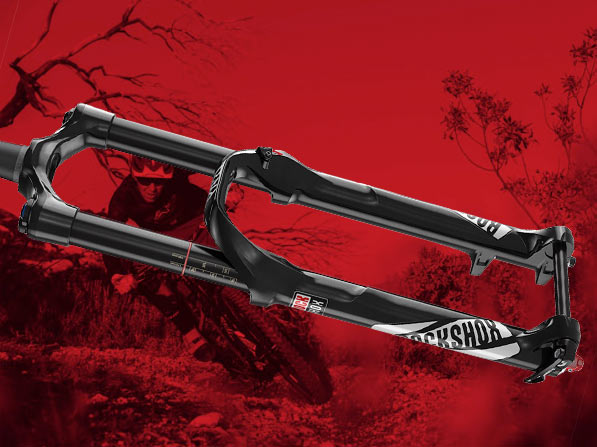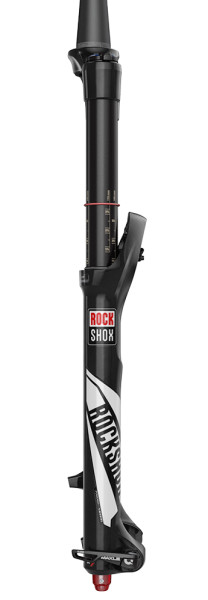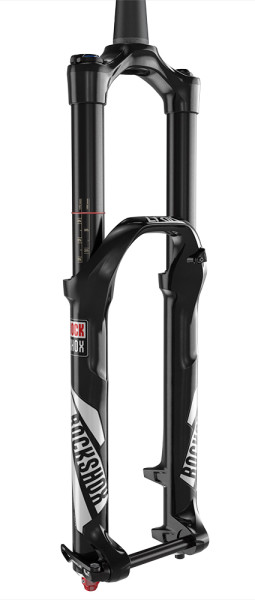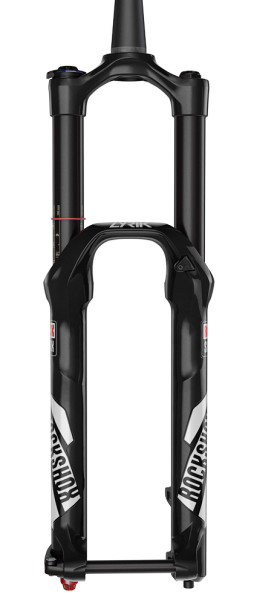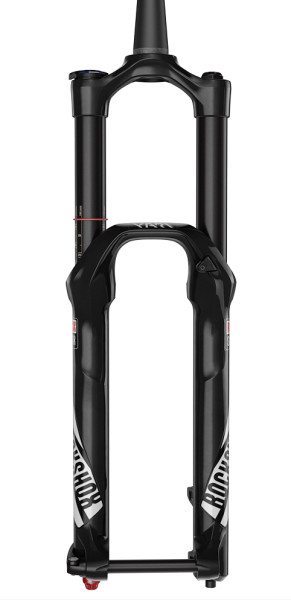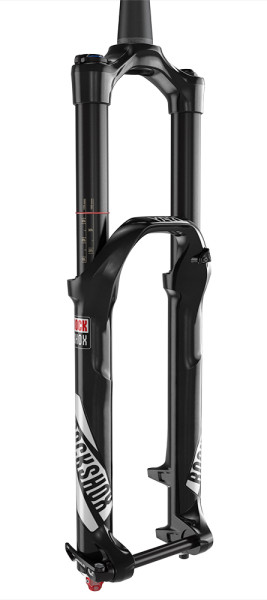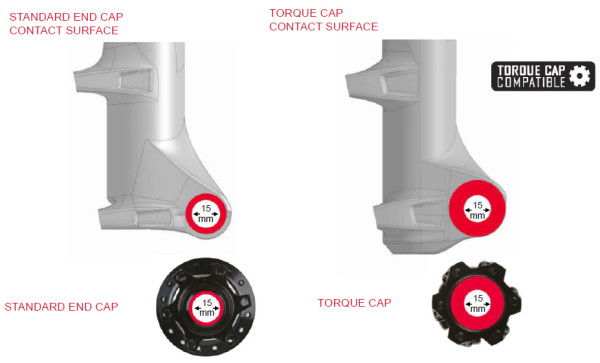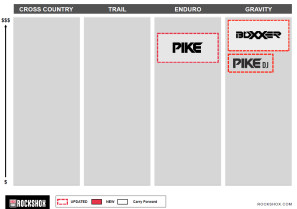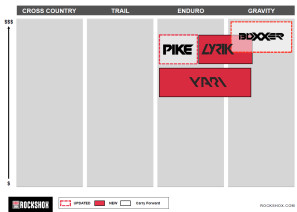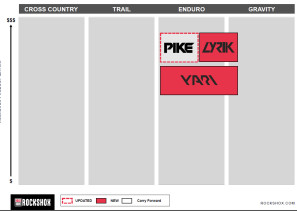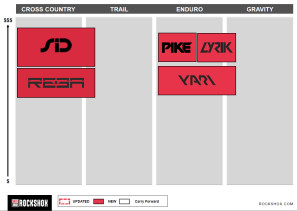Ever since the beginning of mountain bike suspension, RockShox has been a household name. Over the years the company has introduced a number of suspension products that for one reason or another had great influence on the industry. In our opinion, the current version of the RockShox Pike is one of those products. At a time when Fox Racing Shox had a sizeable hold on the suspension game, the Pike reinvigorated the RockShox lineage with its supremely plush and controlled ride for trail and enduro machines.
Seemingly capturing lightning in a bottle, it should come as no surprise the very things that made the Pike special are making their way to other forks. Even though the 160-180mm travel market isn’t as vast as it used to be, there is a still a need for burly, light weight forks that can take a beating. Born from the Pike, the updated RockShox Lyrik and all-new Yari answer that call…
While the Pike tops out at 160mm, the new Lyrik and Yari step in with versions that include 180mm of travel. In order to stretch the current 35mm chassis to handle 20mm more travel, both forks use tapered legs along with a taller and stiffer brace to make the fork as stiff as possible.
Previously available only in 26″ compatible forks, an obvious change to the Lyrik is the new 27.5″ size in 160-180mm travel options and the 29er (and 29/27.5+ in Boost spacing) which offers 150-160mm of travel. Developing a smoother initial stroke thanks to a newly tuned Solo Air spring with more volume for the negative air portion, the Lyrik is also able to run RockShox’ Bottomless Tokens for easy tuning. Better still, the Bottomless Tokens are now compatible with both the Solo Air and Dual Position Air springs.
Further improvements to the plushness of the fork come from SKF low friction wiper seals and a cartridge seal for the Charger damper – upgrades that’ll find their way across the RockShox line. Rebound damping can be controlled through the basic knob on the outside of the fork, but the Lryik also offers internal tuning through shims like those found on the Boxxer.
Sold with Charger RCT3 (Rebound, Compression, 3 position Threshold) dampers aftermarket for $1,030 (Solo Air) and $1,110 (Dual Position Air), there will also be a Charger RC fork that will be OEM only.
the new Lyrik may be the headliner, but the Yari is the sleeper. It gets the same 35mm chassis with Fast Black upper tubes and seems to us like a budget Pike that’ll cover a wide range of bikes with 120-180mm of travel. Available in 27.5″ in 120-180mm, and 29 and Boost 29/27.5+ with 120-160mm of travel. What will set the Yari apart from the Pike? Aside from the option for longer travel and a heavier overall weight, the Yari makes use of a new and improved Motion Control damper rather than the sealed Charger unit from the Pike. But, the new Motion Control stack now includes a Rapid Recovery rebound tune and has been retuned to emulate the Charger damper for high speed hits.
Receiving all of the updates as the Lyrik, the Yari runs the new improved Solo Air spring or Dual Position Air with Bottomless Token tuning, SKF wiper seals, and standard or Boost compatible 15mm Maxle dropouts.
Ready for the best part? The Yari which isn’t that far off from the Lyrik will retail for just $700 in the RC Solo Air trim for all wheel sizes and travel settings. Interestingly, the Dual Position Air model will only be available on complete bikes.
Both forks are also RockShox Torque Cap compatible, meaning they have a larger dropout flange for increased stiffness when combined with a SRAM Torque Cap hub. Any fork that is capable of running Torque Cap hubs is also able to run any standard hub in the same spacing, but not the other way around – the smaller standard end caps will fit in a larger dropout flange, but the Torque end caps need a properly sized flange. Both the 15×100 and 15×110 Boost Yari and Lyrik forks are Torque Cap compatible and will benefit most from SRAM Rise XX/60, Roam 30/40, and Rail 40 wheels as well as X0 hubs. Moving forward, all Boost compatible RockShox forks include the Torque Cap addition.
Curious how all of the forks fit into the hierarchy of wheel sizes and intended use? RockShox breaks it down by wheel size starting with the top left for 26″ wheels, then 27.5″, 29/27.5+, and 29″ moving clockwise around the charts. The chart on the bottom right shows all of the Boost 15×110 forks available in 29″ sizes, and all 29er Boost forks are approved for 27.5 x 3.0″ tires. Also known as 27.5+.
We know what you’re thinking – yes, the Pike will be getting the same upgrades since the DPair system was previously not compatible with Bottomless Tokens. Along with the Boost compatibility, the Pike will now be offered with Bottomless Token tuning for both Solo and Dual Position Air, a new SKF cartridge seal for the Charger damper for less friction and better life, SKF low friction wiper seals, and user tuneable shim stack rebound damping. Along those same lines the Boxxer World Cup and Team models equipped with the Charger Damper also get SKF cartridge seals and SKF wiper seals.
Finally, if you’re still rocking a 26″ Lyrik and don’t plan on changing wheel size any time soon, you can give your fork some new life with a Charger upgrade kit. Made for all 26″ Lyriks up to 170mm travel, the kit includes the complete internal assembly for the right side of the fork as well as a bleed kit for $330.
Everything above will be available this October.
